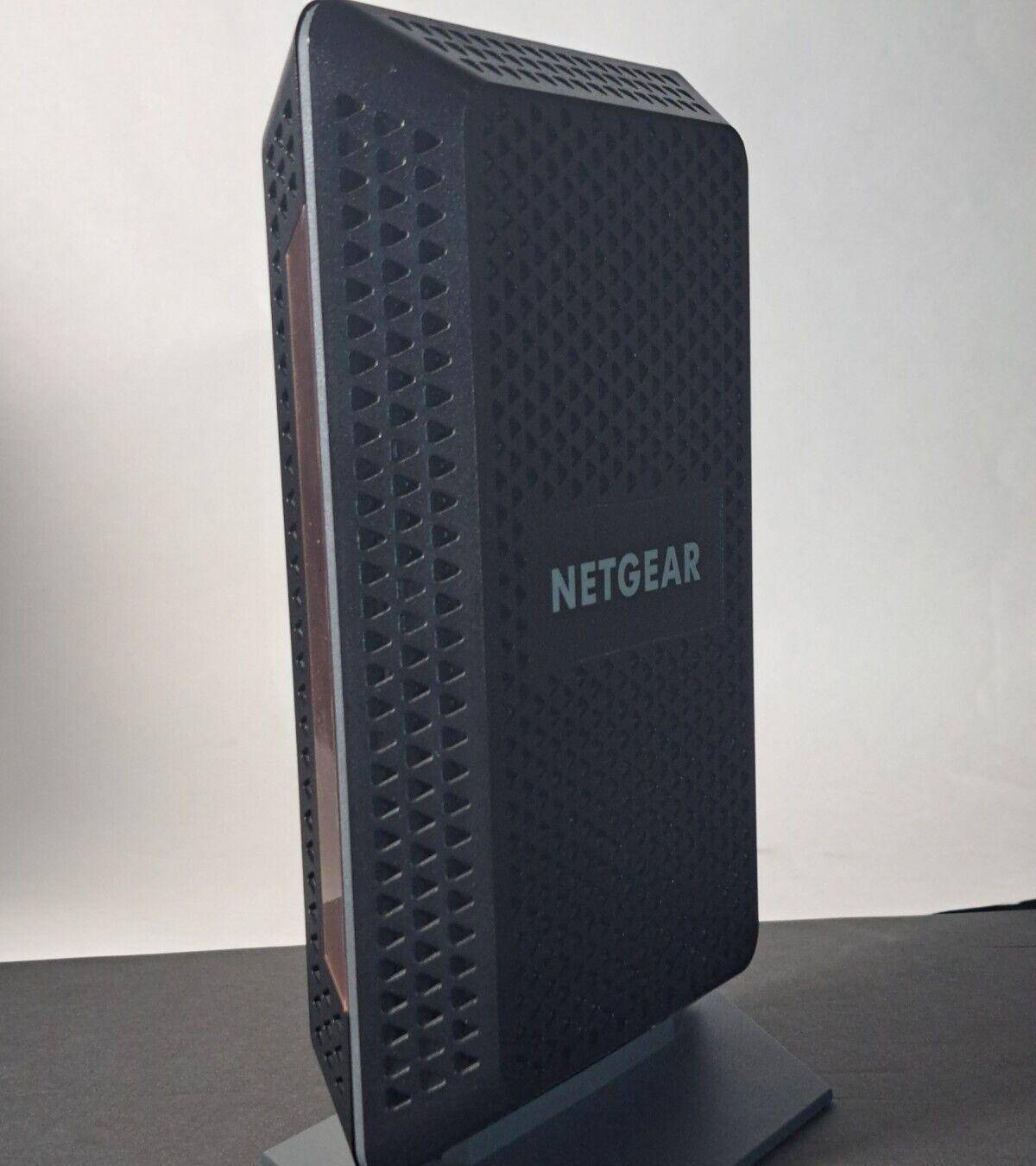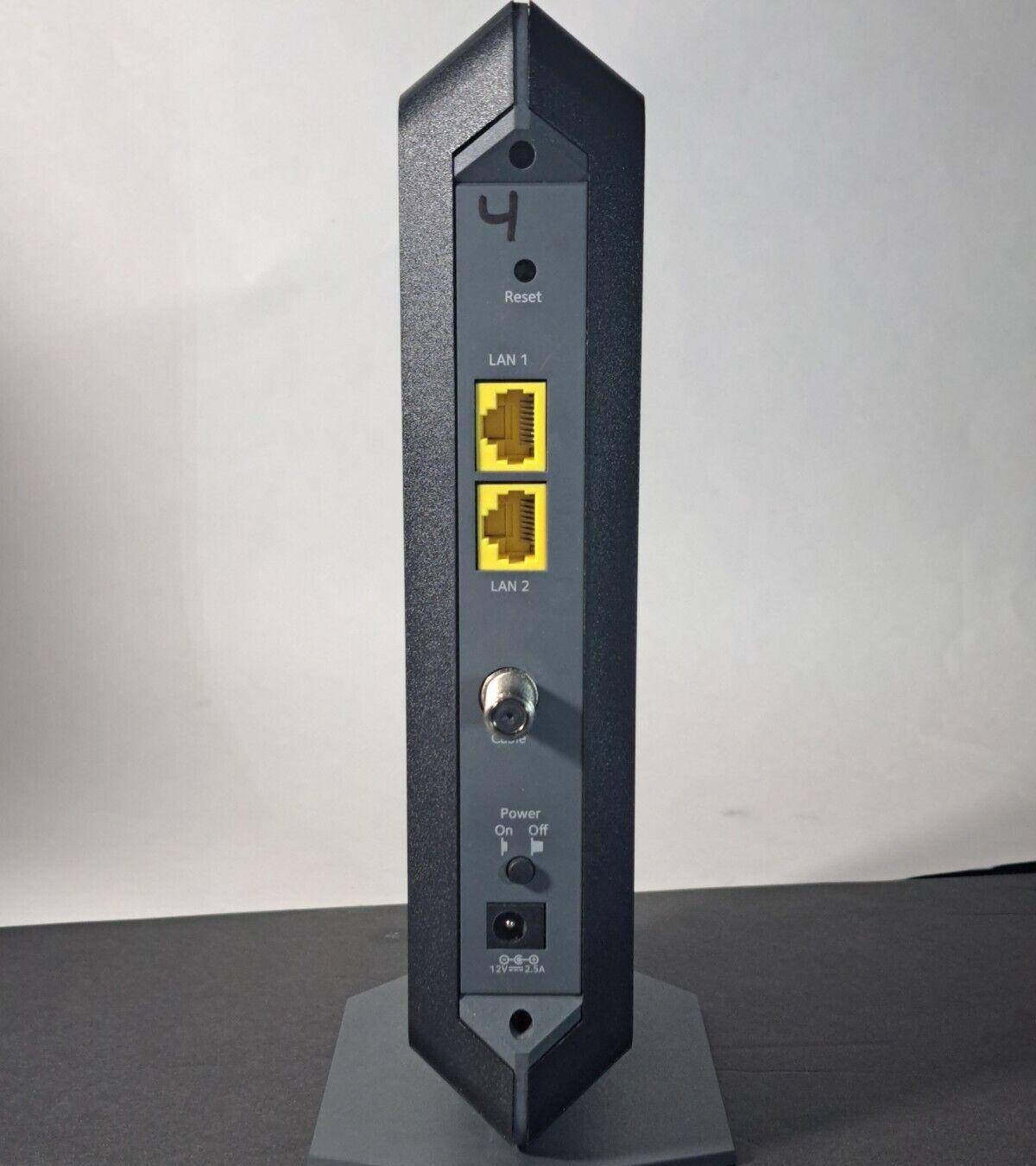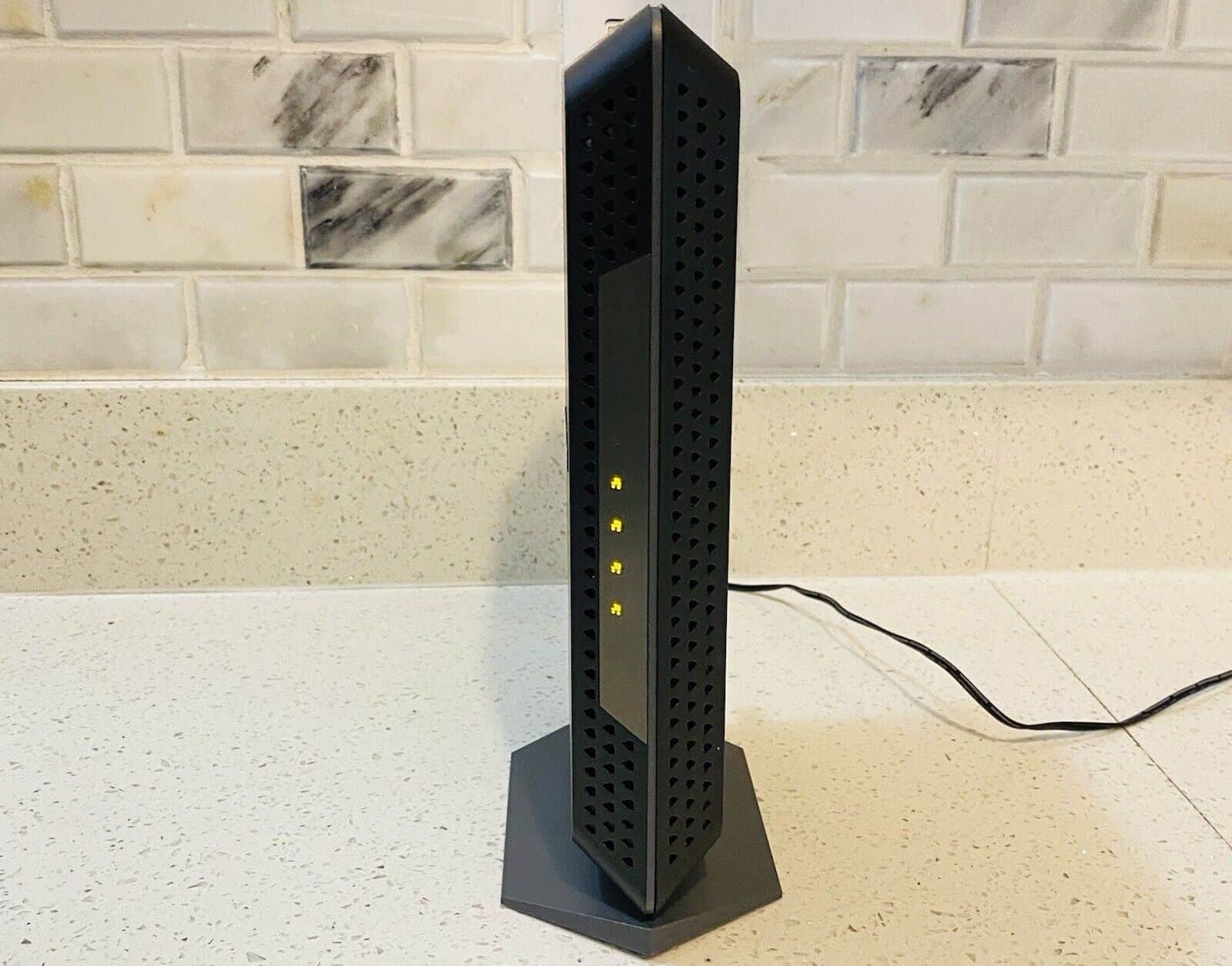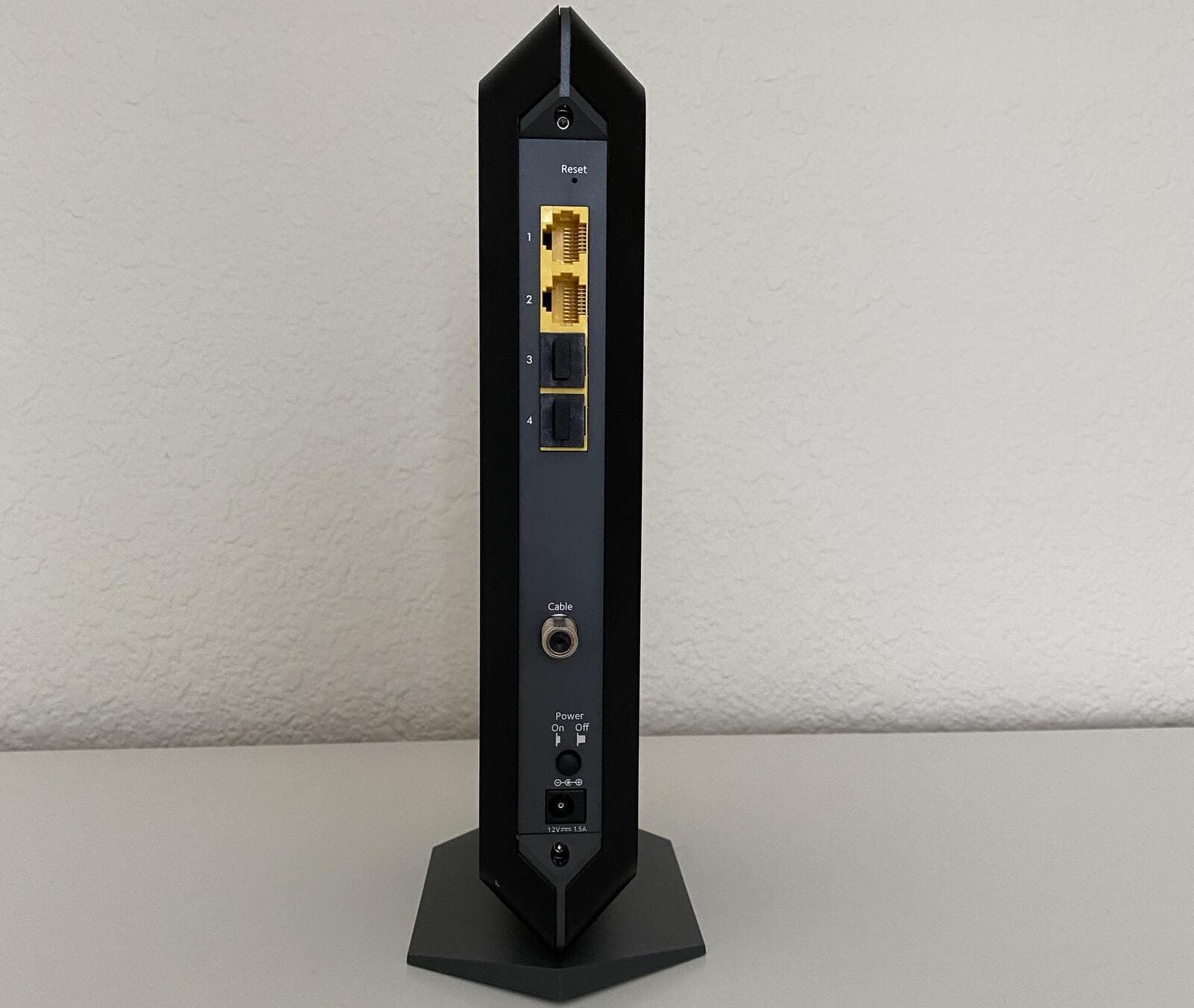Netgear CM1100 vs Netgear CM1200: Which One To Pick?

Released as a part of Netgear’s Nighthawk series, the CM1100 and CM1200 come loaded with several innovative features. At first glance, there is hardly anything to choose between the two, but I shall lay bare the basic to more pronounced distinctions in this detailed comparison between Netgear CM1100 and CM1200.
On a lighter note, these modems are often termed timeless classics and are expected to stay relevant in 2025 and beyond.
👉 Related reading: Internet Bandwidth vs Speed: What’s the Difference?
Netgear CM1100 vs CM1200: Quick Comparison
The Key Differences
The key differences between Netgear CM1100 and CM1200:
Port Setup: Netgear CM1100 comes with 2 Ethernet ports as compared to 4 on the Netgear CM1200. This enhancement allows you to connect several wired devices simultaneously.
Speeds: Despite the theoretical speeds being capped at 2 Gbps for both the modems, the Netgear CM1200 seems like a better option in practical use.
Pricing: The CM1100 comes forth as the more affordable of the two by a significant sum of 30 dollars. Considering the specs sheet, I feel the CM1100 exhibits a better price-to-value ratio. Despite having two additional ports, the CM1200 still reaches a similar wired throughput.
Similarities Between Netgear CM1100 and CM1200
- Both supports DOCSIS 3.1 tech for faster processing
- DOCSIS 3.0 fall-back support for legacy devices
- Link aggregation on two ports
- 2x2 OFDM/OFDMA channels for compatible networks
- High-speed Broadcom BCM3390 chipset
- Similar ISPs supported
- 256MB of RAM to assist the processor cutting through interference
- Somewhat similar layout with a uniform vertical structure
- IPv6 functionality
- Excellent customer support setup
- Integrated QoS support for better gaming performance
- 128MB of storage space
Speed & Compatibility
Theoretical speeds pertaining to each model are set at 2Gbps. However, the CM1200 is still the faster of the two with at least a 13 percent bump when ISP-rated speeds are concerned. However, the CM1200 doesn’t have an advantage when wired speeds are concerned as despite having four ports at its behest, you only get to simultaneously use two with link aggregation.
Not to mention the inclusion of Quality of Service as a standard feature, which allows both these modems to manage and modulate speeds as per the task at hand. ISP compatibility is hardly an issue, with both the Netgear modems working rather swimmingly with the likes of Comcast Xfinity, Cox, Spectrum, and more.
Design & Port Setup
Comparing and contrasting these top-of-the-line modems feel scant unless you are aware of the nitty-gritties of the same. This is where a discussion concerning aesthetics and structural insights becomes all the more important.


For starters, if you have been using the , you might have noticed the matte casing and the additional vents in play. Also, at 1-pound and 8.80 x 3.4 x 5.9 inches, the presence of this modem is quite pleasing to the eye and well within the aesthetic standards.


While the is heavier of the two at 1.22 pounds. The dimensions, set at 6.1 x 3.4 x 10.3 inches do add to the bulk but you can still easily carry it around the house. Plus, the plastic-clad chassis is adequately durable and ensures decent levels of heat dissipation.
As far as the port setup is concerned, the CM1200 comes with 4 Gig LAN and one solitary WAN port as opposed to two GigE and one WAN slot on the CM1100. Therefore, if you have a larger number of bandwidth-intensive devices at home, the former lets you reach out to each one, via wired connections.
👉 Related reading: 7 Best WiFi Boosters for RV in 2025
Who Should Go with the CM1100?
The Netgear CM1100 shall be considered if you want to:
- Work with high-speed ISPs
- Stay away from overheating and throttling
- Stream 1080p and 4K content on separate devices
Who Should Go with the CM1200?
As per the mentioned specifications and prowess, the CM1200 seems like a good fit for:
- Large business setups
- Professional gamers who loathe latency
- Enthusiastic streamers
- Users with multiple smart devices at home
Verdict
Despite putting up quite an effort to compare these two powerful modems, there happens to be a lot of resemblances when inherent features and traits are concerned. I took time to test each with different ISP internet plans and the deflections in speeds, throughput, heating, and even aesthetics are barely recognizable to an untrained eye.
While the comparable DOCSIS 3.1 support, 32x8 DOCSIS 3.0 channels, QoS, interactive web interface, and other features add to the buyer’s confusion, I could read between the lines and eventually came up with a single recommendation. As per speeds, aesthetics, port utility, and even cost-to-ownership ratio, the Netgear CM1100 inches past the CM1200 by a small yet significant margin.
Also read:
